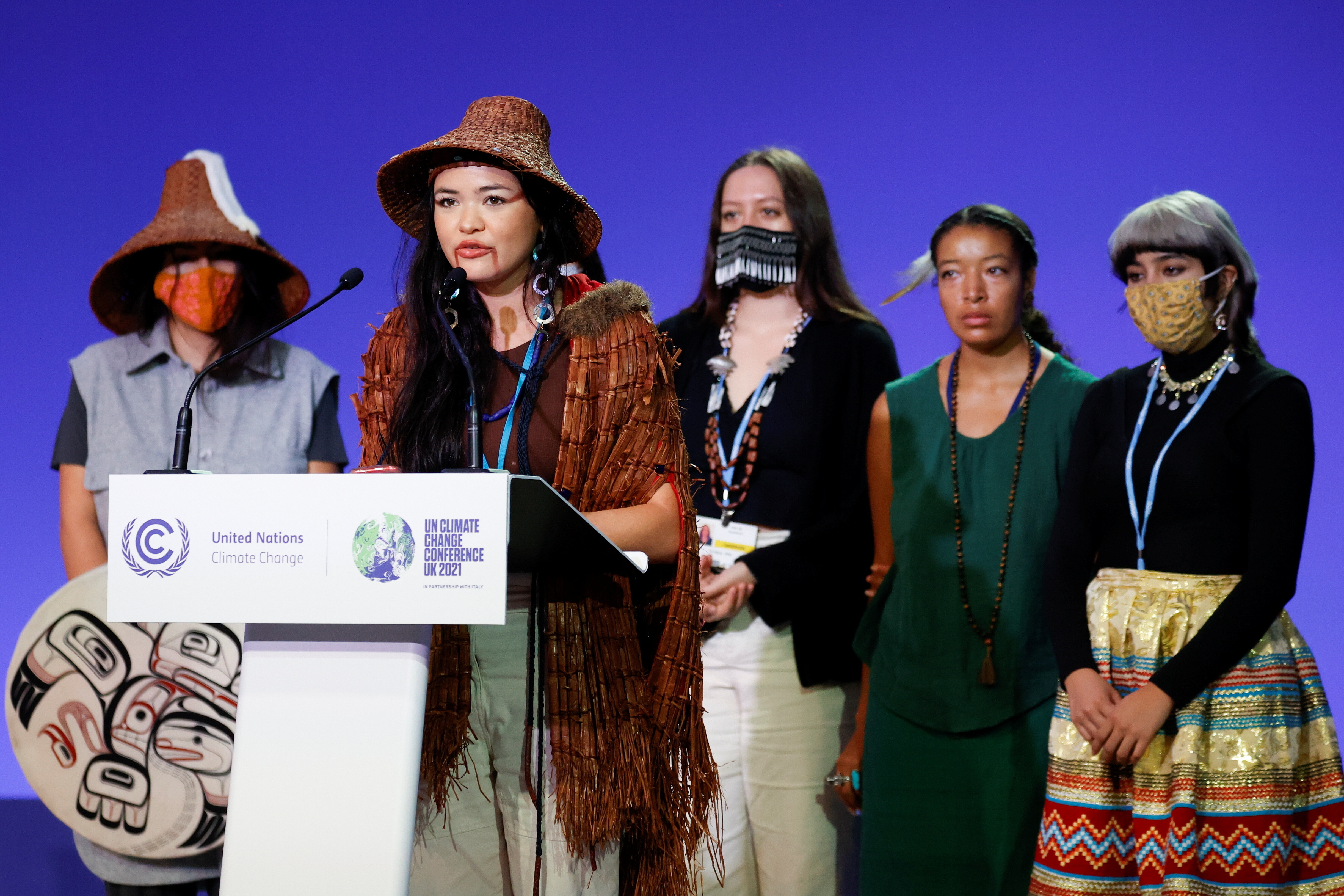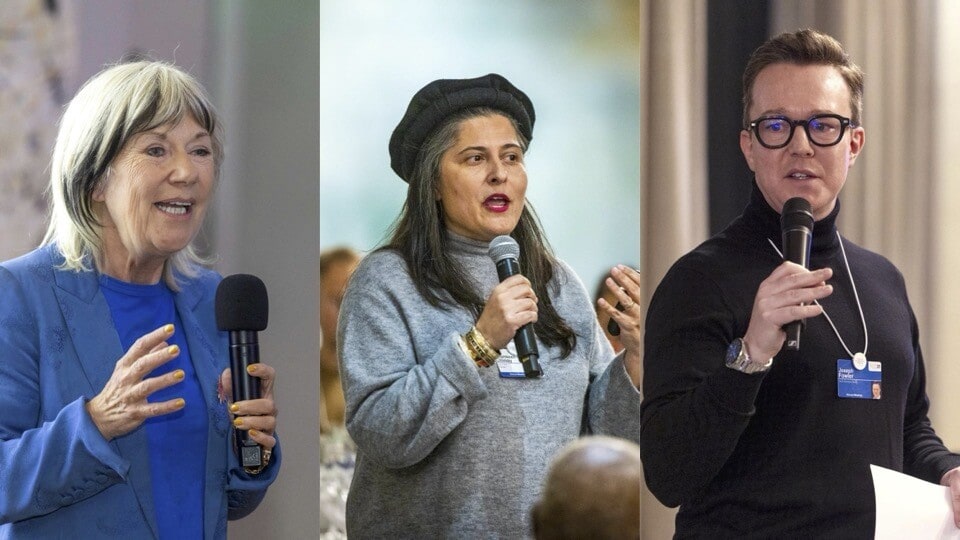'We ignore the power of symbols at our peril' - architect David Adjaye on why racist monuments must be replaced

Monumental injustice ... we have to be ruthless with the truth to allow fractured communities to heal, says the architect and Smithsonian designer. Image: REUTERS/Marco Bello
- Racist statues are falling, exposing the relationship between symbols and the built environment with systems of injustice.
- Sir David Adjaye – lead designer of the Smithsonian Museum’s National Museum for African American History and Culture in Washington DC – explains why memorials need to be ruthless with the truth to enable fractured communities to heal.
Racist statues are falling. In the past weeks since the killing of an unarmed African American man by a Minnesota police officer, the global rage at racial injustice and inequality has been visceral.
A number of statues and monuments to past “heroes” have been defaced, beheaded, drowned and dismembered. These are important acts. They highlight the relationship between symbols and ideas and epitomize the human need for ritual and meaning through memory, recollection and fantasy.
They also expose the uncomfortable fact that history is constructed – and traditionally, there were winners and losers. These acts of revulsion signify a rejection of this binary understanding of the past. People are tired of myths and singular heroes and seek complex truths in new symbols that don’t ignore the losers or the forgotten underbelly of history.
This is why cities, towns, museums and those responsible for designing infrastructure and public space need to rethink how we memorialize the past and develop new approaches to past mistakes that give current and future generations the means to move forward.
Here, David Adjaye – lead designer of the Smithsonian Museum’s National Museum for African American History and Culture in Washington DC and architect of London’s forthcoming Holocaust Memorial – explains why monuments need not be permanent and why we need to be ruthless with the truth to enable fractured communities to heal.
There is something very hopeful about the fact that this generation is saying, wait a minute. That's not what we thought history was about. It’s time to move on.
”What’s the significance of symbols, statues or memorials?
Adjaye: There's a direct relationship between symbols and systems. We ignore the power of symbols and disregard the power of past symbols at our peril. Symbols construct our sense of ourselves and our beliefs. And what we're now seeing is a disgust with the construction of monuments and narratives that glorified people and things that we thought were about a great history, only to find out that the underbelly of that history is steeped in horror, violence and blood.
It's also healthy for the system and for the city to continue to reconstruct and rethink these things. Monuments are not forever. They take us through transitions. The statues that are falling reference a mythical sense of time, which exists only in fantasy. The danger is that when these myths are made physical, they can project permanently into future generations, but the truth inevitably emerges into plain sight. And that’s what we're seeing now: you can't hide these things.
Does the rejection of racist statues in cities across the world mean that there is progress?
Adjaye: The rituals of cities and the rituals of spaces give meaning to our lives – this is why monuments are so important. They capture memory and recollection, and they tell stories. But there is now a disregard for the power of singular monuments and an embrace of multiple stories – including those that may have been lost. We're entering an age where there is a distinct departure from the “god complex”.
The spatial experience of being in the world is so rich that as designers, artists and architects, we have to make the city relevant and offer people a collective understanding of complex issues and challenges. These singular statues have become irrelevant because they tell only one story: stories that are often part of a fiction. This is deeply problematic for contemporary life in terms of trying to steer a course towards the world that we all want to live in. The projects that I've been doing work against this kind of memory of the image as opposed to memory of the act.

Memory can also change. The idea of signs and monuments that are fragments within an unfolding story is interesting. These are important touchstones to teach people about values and morals. There's nothing better than a society admitting mistakes. Nobody's perfect.
We need to establish new ways of being in cities and communities within a very complex and interdependent global world – this is one of the struggles that as architects we're trying to work through.
How do you design a contemporary memorial?
Adjaye: It’s critical that the responsibility of the monument is not done with a sense of a fantasy. For me, it's a cold analysis of past events and I use that information to show what went wrong. There's no emotion.
In building the National Museum of African American History and Culture, it inadvertently also became a monument. The story had simply been held back for so long that just making a building didn't seem enough. It was about delivering a narrative and a formal message of the building as a device to talk about our moral compass.
It is now used as the backdrop for many of the anti-racist protests. So immediate histories are unfolding as the building evolves to convey new stories as well as old. For me, this is the ultimate success of a monument. It should enable a community to move forward by creating a historical marker, a social reference point and a generational moral compass.

What about systemic racism inherent in the design of cities?
Adjaye: The construction of racism in the construction of cities is seen all the time – Johannesburg is probably the epitome. We know about Johannesburg because of the Apartheid story, but the architecture of segregation can be found in any society where there's been a dislocation between those who have and those who have not (either through marginalization, through skin colour or any other difference).
Infrastructure – which seems apparently benign and of benefit to everyone – has been used as a tool of separation to create communities of dependency and communities that are just on the edge of collapse.
So racism is not just a human hate issue. It's been deployed through every mechanism of how we construct and make our physical environments. Statues are just one of these mechanisms.
”There were inherent mistakes made by generations, which fundamentally blocked the access and the opportunity of many people. It's incumbent on architects now to find fresh ways to bridge or create new relationships.
What's the World Economic Forum doing about diversity, equity and inclusion?
The past few months have seen an extraordinary shift in context and mood. The consequences of our actions are more questioned and the interconnectedness of everything is more apparent. With the internet we’re able to see the cataclysmic effects of all these things upon each other. So we suddenly share a collective consciousness through the medium.
It's forcing a global awareness in a way that's never happened before in the history of civilization. It will impact the way in which we make cities, how we legislate, how we make things, how we use materials, how we use resources. Something that was meant to be about separation, can suddenly become a tool of continuity – within this changed context. Cities are always changing and symbols and signs are being re-appropriated.
There is something very hopeful about the fact that this generation is saying, wait a minute. That's not what we thought history was about. It’s time to move on.
Don't miss any update on this topic
Create a free account and access your personalized content collection with our latest publications and analyses.
License and Republishing
World Economic Forum articles may be republished in accordance with the Creative Commons Attribution-NonCommercial-NoDerivatives 4.0 International Public License, and in accordance with our Terms of Use.
The views expressed in this article are those of the author alone and not the World Economic Forum.
Stay up to date:
Systemic Racism
Forum Stories newsletter
Bringing you weekly curated insights and analysis on the global issues that matter.
More on Arts and CultureSee all
Sarah Franklin and Lori Ferriss
November 12, 2025






